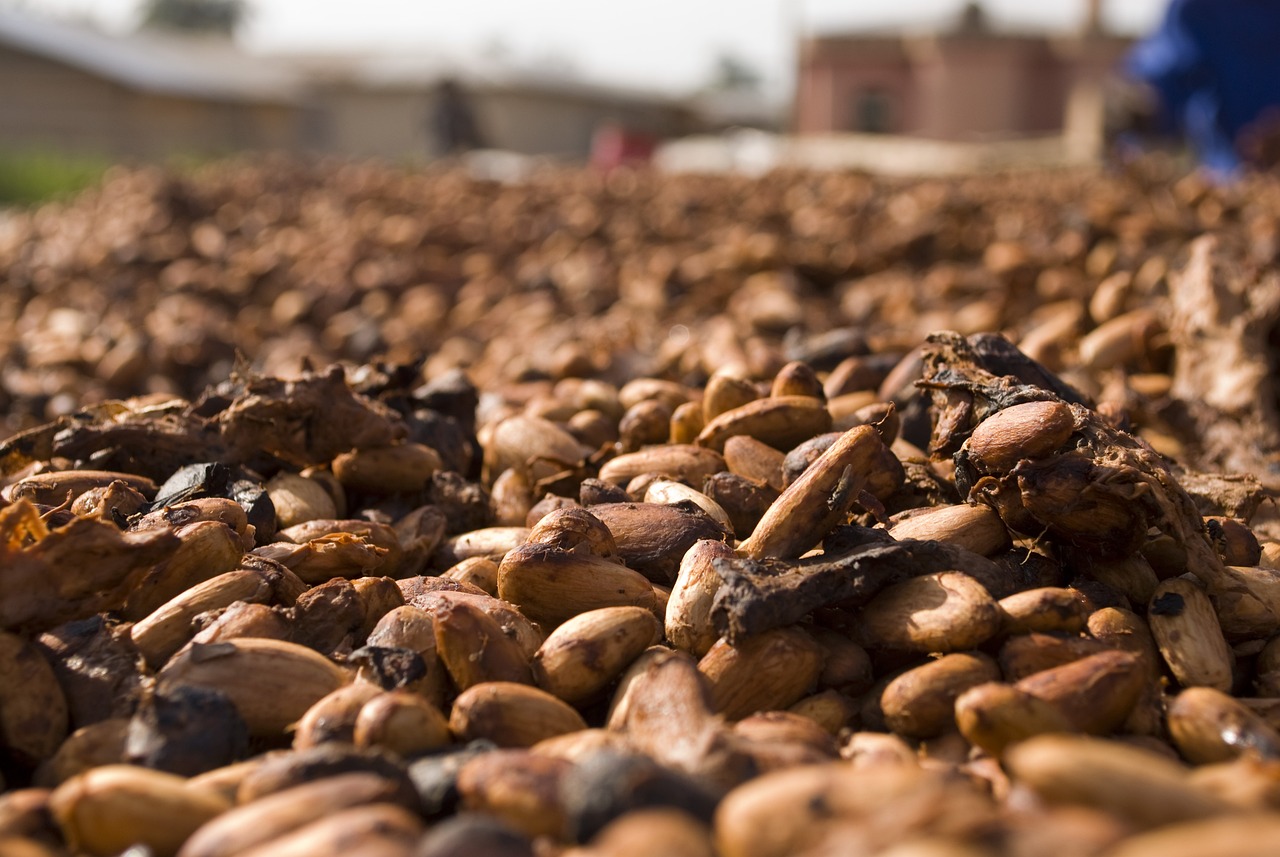
December ICE NY cocoa (CCZ24) Tuesday closed down -204 (-2.73%), and December ICE London cocoa #7 (CAZ24) closed down -257 (-4.68%).
Cocoa prices retreated Tuesday on hopes that an increase in the prices that Ghana's cocoa regulator pays its farmers will reduce the incentive for farmers to hold back supplies and eventually prompt them to invest more in production, thus boosting global supplies. The Ghana Cocoa Board is in talks with the government to approve an increase in the price it pays farmers for their cocoa by 65% to $3,488 per ton for the 2024/25 season that began this month.
Lower cocoa production in the Ivory Coast, the world's largest producer, is bullish for cocoa prices. Government data on Monday showed that Ivory Coast farmers shipped 1.71 MMT of cocoa to ports from October 1 to September 8, down by -28% from the same time last year.
Signs of tighter cocoa supplies are bullish for prices as ICE-monitored cocoa inventories held in US ports have been trending lower for the past 15 months and fell to a 15-year low Tuesday of 2,331,003 bags.
Late last month, NY cocoa rallied to a 2-1/2 month high due to concern that excessively dry conditions in West Africa could curb the region's cocoa production. Forecaster Maxar Technologies recently said that top cocoa-producing countries Ivory Coast and Ghana had seen a "significant decrease in shower activity" over the past month, leading to below-normal soil moisture and limited crop growth.
Cocoa also has support after Ghana's Cocoa Board (Cocobod) cut its 2024/25 Ghana cocoa production estimate on August 20 to 650,000 MT from a June forecast of 700,000 MT. Due to bad weather and crop disease, Ghana's 2023/24 coca harvest sank to a 23-year low of 425,000 MT. Ghana is the world's second-biggest cocoa producer, and its 2024/25 cocoa harvest begins in October.
An increase in cocoa production by Cameroon, the world's fifth-largest cocoa producer, is bearish for cocoa prices. On August 21, Cameroon's National Cocoa and Coffee Board reported that 2023/24 (Aug/July) Cameroon cocoa production rose +1.2% y/y to 266,725. Also, on August 28 it was reported that Nigeria's July cocoa exports jumped +31% y/y to 17,456 MT. Nigeria is the world's sixth-largest cocoa producer.
Cocoa prices have been supported by better-than-expected cocoa demand. The National Confectioners Association reported on July 18 that North America Q2 cocoa grindings rose +2.2% y/y to 104,781 MT, stronger than estimates for a slight decline. Also, the Cocoa Association of Asia reported on July 18 that Asian Q2 cocoa grindings fell -1.4% y/y to 210,958 MT, a smaller decline than expectations of -2.0% y/y. The European Cocoa Association reported on July 11 that Q2 European cocoa grindings unexpectedly rose +4.1% y/y to 357,502 MT, versus expectations of a -2% y/y decline.
In a bullish factor, the International Cocoa Association (ICCO) on August 30 raised its 2023/24 global cocoa deficit to -462,000 MT from a May forecast of -439,000 MT. ICCO also cut its 2023/24 cocoa production estimate to 4.330 MMT from a May estimate of 4.461 MMT. In addition, ICCO projects a 2023/24 global cocoa stocks/grindings ratio of a 46-year low of 27.4%.
On the date of publication, Rich Asplund did not have (either directly or indirectly) positions in any of the securities mentioned in this article. All information and data in this article is solely for informational purposes. For more information please view the Barchart Disclosure Policy here.






